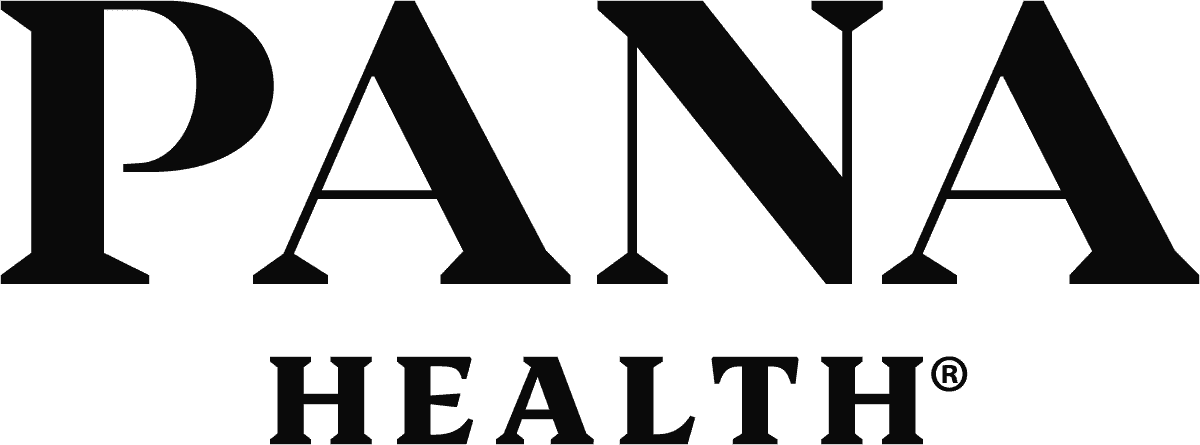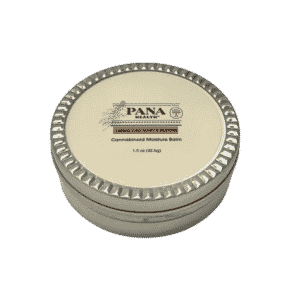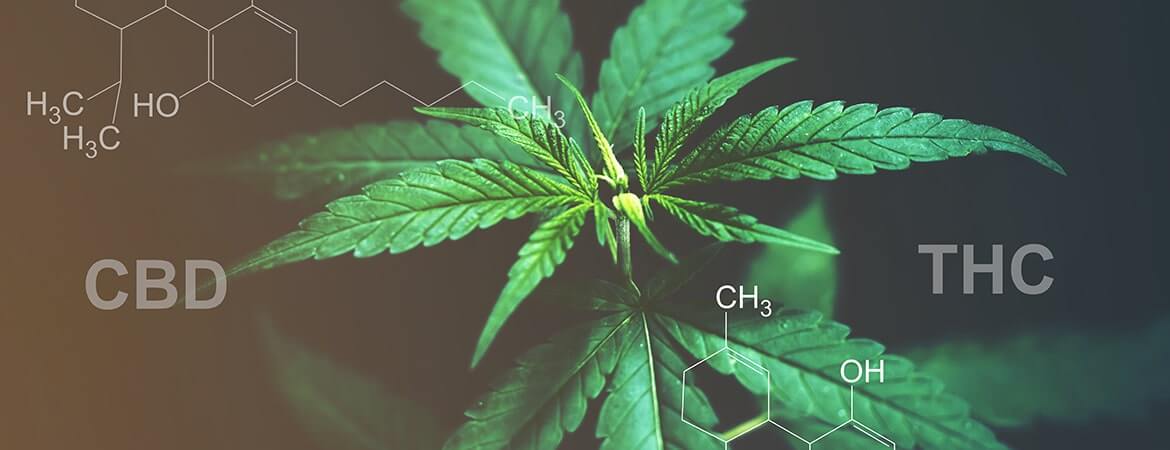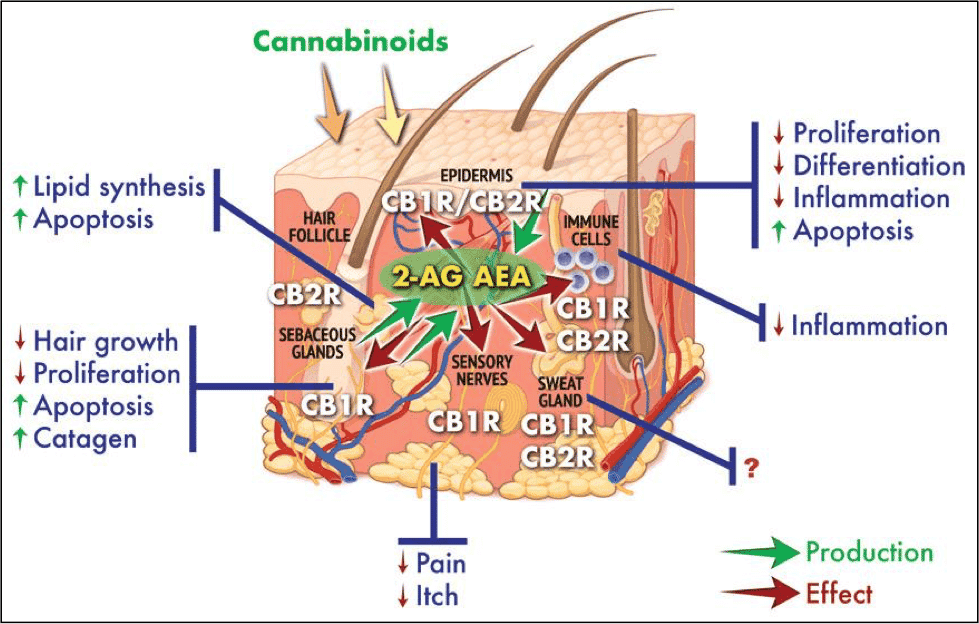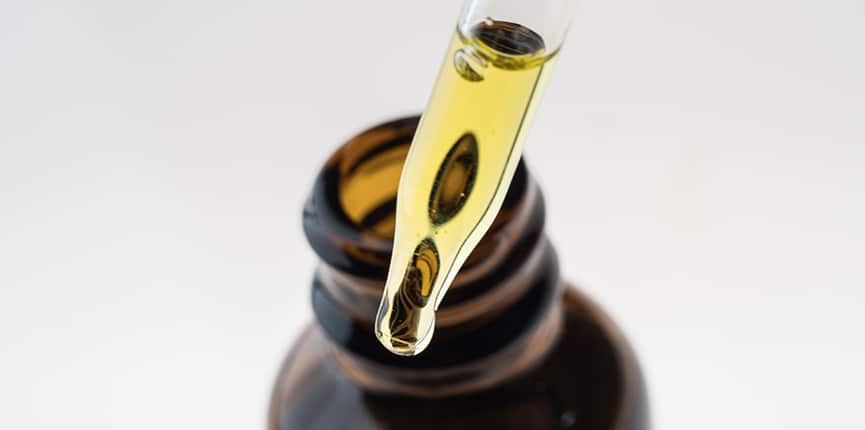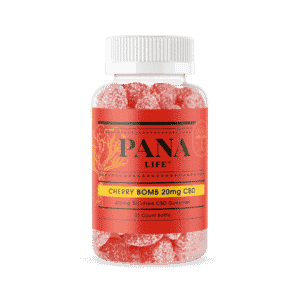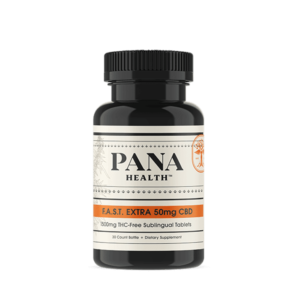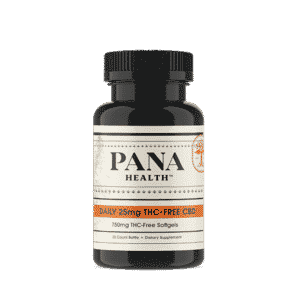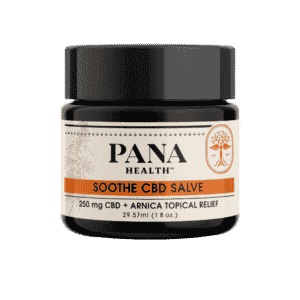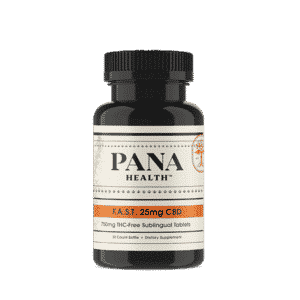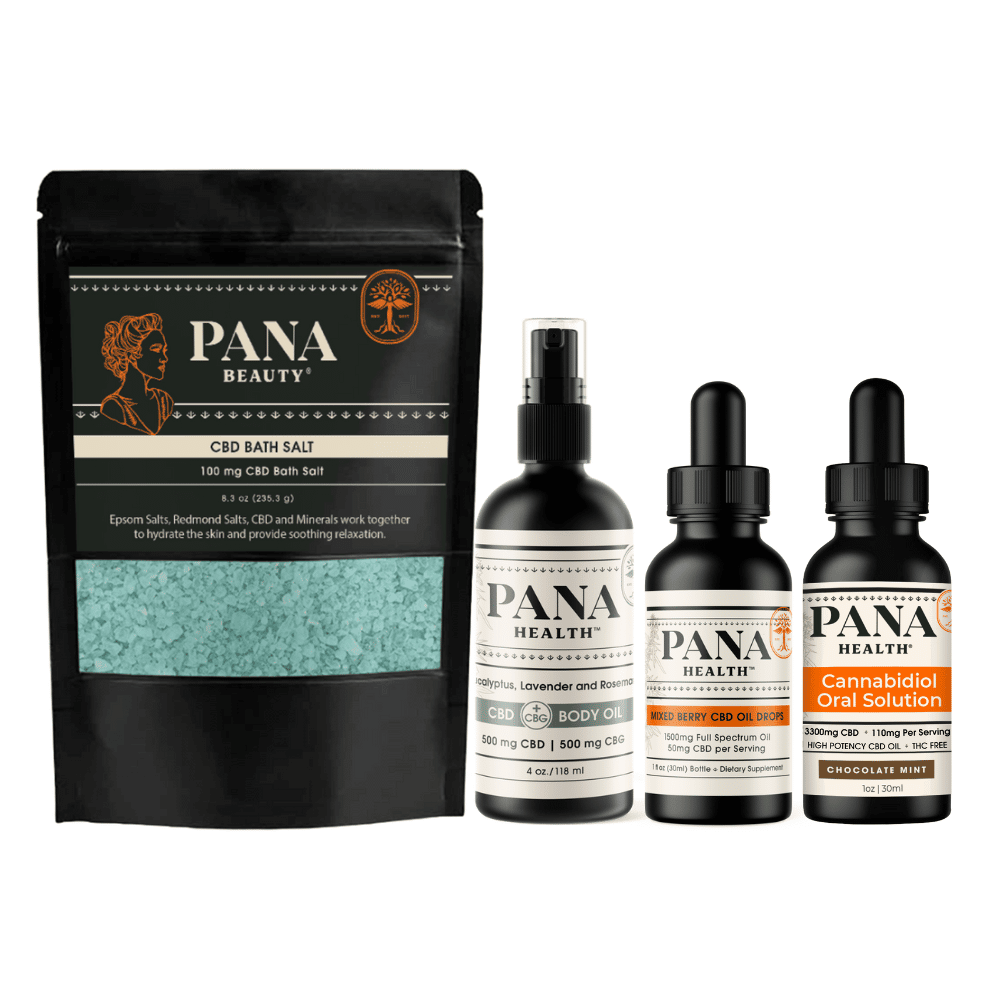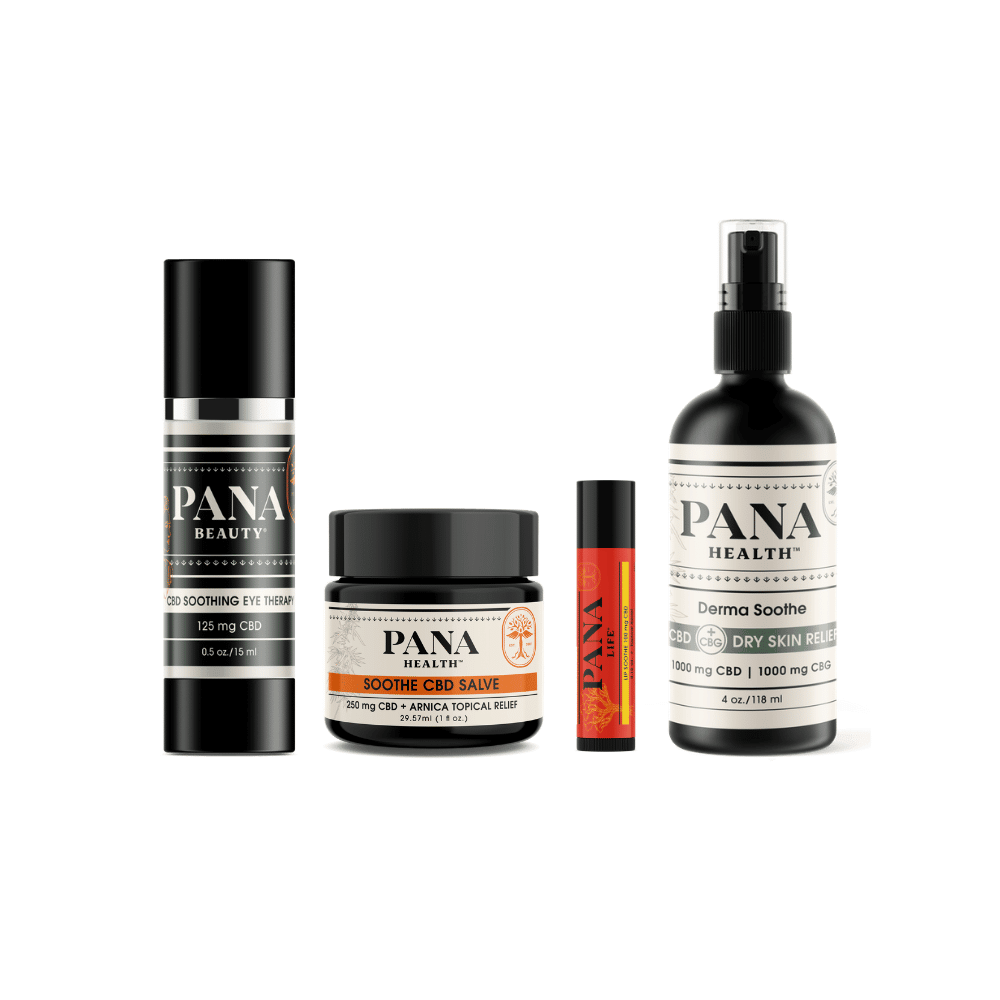Cannabidiol or CBD products are growing more and more popular all over the world. The compound is emerging in areas of psychotherapy and having multiple health benefits.
In fact, you may find CBD ingredients in your ice cream or even in your daily tea and coffee! It is definitely an innovative and growing industry that is rapidly expanding. We may nowadays find CBD in our food, drinks, snacks, skincare, and a lot more!
CBD is a primary constituent of Cannabis Sativa L. What is fascinating is the nature of CBD is completely non-psychoactive. Meaning it will not get you “High” the way that tetrahydrocannabinol (THC) will. While Hemp does contain both CBD and THC, manufacturers work to separate out the two chemicals so that the product you’re using is primarily CBD-based.
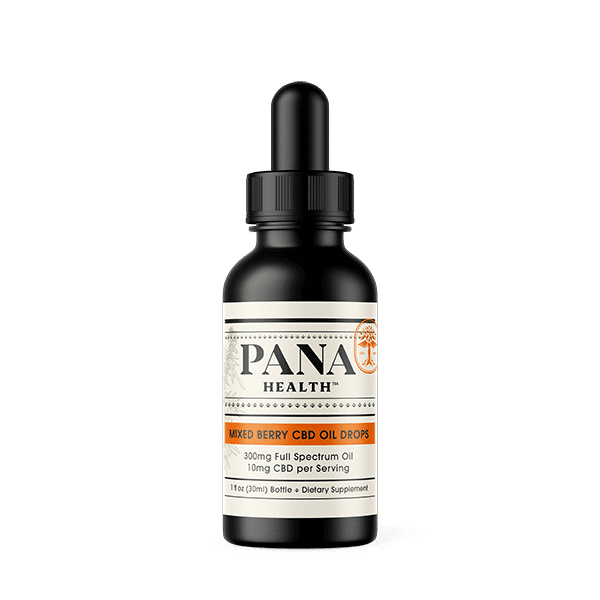
However, you’ll occasionally hear about the word “bioavailability.” Even Panacea Life bottles have the word on the back, so what does that mean, and how does it work?
What Is Bioavailability?
The term bioavailability is commonly used in the world of medicine. This refers to the absorption and metabolism of a substance when introduced in the body. In order for any substance to have an effect in the body, a specific concentration must be achieved in the bloodstream and body.
Drug bioavailability specifically assesses how much and at what rate the drug gets absorbed into your bloodstream.
Now you must be wondering why do cannabis users need to care about bioavailability?
It is very important for regular as well as new users of cannabis or hem products to understand bioavailability to not only choose the right products to consume, but to understand the effect of bioavailability on dosages of the product. A better understanding of bioavailability allows users to understand how much hemp oil needs to be consumed and how long the effects will last as well as why some products or dosage mechanisms will not be effective.
CBD and THC Bioavailability
As the use of CBD oils and tinctures increases rapidly, the real questions are- How much CBD is safe? What’s the best way to take it? And how much is the right amount?
It is extremely important to know the correct amount of CBD that should be taken for it to be an effective compound in your body!
Similarly, Tetrahydrocannabinol (THC) is a compound present in cannabis that tends to give you a slight buzz. It’s important to note that while there are minuscule amounts of THC within CBD products listed as “Full-Spectrum,” the amount is so small that it would be almost impossible to achieve “getting high.”
Bioavailability of CBD Oil Drops and THC
When we talk about the best way of consuming CBD, this is where we wander into the bioavailability territory. CBD oil is now directly used in many food products. In addition to this, it is also used topically for different kinds of benefits.
As the use of CBD Oil Drops grows more and more, the question arises regarding its bioavailability. Questions regarding what is the right dosage, and how should you consume it in the first place?
There are many ways you may utilize CBD. For example, topical products like lotions, balms, or other applications to the skin, while others are more comfortable with ingesting CBD oil drops in different types of drinks like tea, coffee or chewable gummies!
Let us discuss some of the different forms of ingesting CBD and their bioavailability!
Inhalation Bioavailability
This refers to products that you inhale with these substances absorbed in your lungs. There are several ways through which people may inhale CBD or THC. This may be done through a vape pen or a vaporizer. This may not be the most effective way to intake your CBD and does have serious side effects. Multiple reports recently indicate regular vaping can lead to death.
Inhalation of CBD products produces an almost immediate uptake into the body with a bioavailability of to 34% to 46%. However, inhaling CBD does not produce lasting effects as the CBD concentration in blood decreases rapidly. It’s a quick hit and doesn’t do much for long run effectiveness.
Once inhaled, the CBD is immediately absorbed in the bloodstream. Then it tends to hit the naturally existing endocannabinoid receptors in your body.
So while inhalation is an option, it is not supported by Panacea Life as too much indicates the method is possibly more harmful to one’s health than good.
Sublingual Bioavailability
Similar to inhalation, there is another way of ingesting CBD oils. The sublingual (placement under the tongue) bioavailability of CBD shows promising results as well.
For sublingual dosing, a person takes two to three drops of the substance and holds it underneath the tongue. This is more of an oral form of ingesting CBD oil. Studies show when ingested, CBD has a bioavailability of around 13% to 19% in the body, while some results may show a rate of up to 35% in certain cases.
The word sublingual literally means under the tongue. When you add the drops, it absorbs into the sublingual gland and enters the bloodstream and starts to take effect.
This delivery mechanism might not have as rapid onset as inhalation but provides a fairly quick onset with effects first being observed in about five minutes with full effects at 20 minutes.
Oral Bioavailability
One of the more popular ways people now consume CBD is oral. There are many new products that people may incorporate within their daily lives, which helps them consume CBD.
There is CBD oil that you may add in your food or have directly, and there are other types of CBD foods like CBD tea, coffee, snacks, desserts, fitness drinks, and more.
CBD oil remains one of the most potent forms of ingesting the compound. People prefer oral ingestion simply because it isn’t as complicated. You may do it in your daily routines without any hassles.
It is just like having your daily food and drinks or perhaps taking your daily vitamins. Although as easy as it is, oral delivery of straight CBD oil is not very bioavailable CBD products are least effective when ingested.
Studies show that the oral bioavailability of CBD is around 10% to 20% or even as low as 6% in certain case studies. While this amount may seem low in the context of this article, it is, in fact, a wonderful way to be introduced to CBD as a product if you have never experienced it before and want something that will impact your system at a lower rate to try it.
The question arises, why is the bioavailability so low as compared to other methods? The simple scientific explanation is first that CBD is not absorbed well in the intestine, then everything that is absorbed in our digestive tract first goes to the liver where 75% of the CBD absorbed is metabolized. This results in the small percentage of intact CBD reaching your bloodstream. Panacea Life Sciences does use methods to increase the bioavailability to help CBD to be better absorbed and partially protected from liver metabolism. This is why Panacea products will feel more effective than competitor products.
In simple terms, much of the CBD consumed is either lost to the liver or the intestines. The CBD that does enter the system will provide a prolonged effect. Studies show that CBD consumed orally remains detectable in the body over four hours after ingestion Oral ingestion is a great and convenient route of administration for beginners to try CBD as it does not tend to have a massive impact on the body in one go.
Topical Bioavailability
There is another way of consuming CBD, which is topical. Up until now, we have talked about either inhaling the compound or orally ingesting it. However, people quiet often forget one of the most effective methods, which is through the skin.
Our skin is one of the largest organs of our bodies. It is covered with pores that may absorb different compounds in your bloodstream through its tissues. Our skin contains many different receptors, which also includes endocannabinoid receptors. When applied topically, CBD is most likely to affect these receptors and provide benefits relating to skin health. If CBD is mixed with compounds that carry CBD across the skin barrier to enter the bloodstream. CBD is used in several different creams, pain relief ointments as well as skincare and cosmetics for both its direct effect on skin function but also to deliver CBD to the bloodstream.
CBD administered to the skin has low bioavailability and takes longer for the CBD to accumulate in the bloodstream using this method. The user has to be aware of where exactly to apply the topical cream. Our skin is porous but does not allow all compounds to pass through. That is precisely the job of the skin! It acts as a barrier between different pollutants, bacteria, and germs that surround us daily.
Any CBD cream or ointment needs to be applied to the correct place and liberally so it may sink in through the skin and actually take effect within our bloodstream. There are studies done on CBD suppositories that show a much higher bioavailability than orally ingested types. The rectal area is much more sensitive and porous as compared to the skin on the rest of the body; this is also why it 25% to 50% more effective than other routes of administration.
CBD suppositories have an average bioavailability of 13.5% and with a fairly quick absorption rate. In addition to suppositories, there are several other ways of topically applying CBD.
With more and more research and development in the field, people now use CBD patches, creams, serums, lotions lip balms, cosmetics, anti-aging skincare, and a lot more. While the effect might be not as quick as its counterparts, it may be felt within a few minutes of the application.
Is it possible to increase the bioavailability of a Substance?
It is now established that with all these different forms of consuming CBD, there are different effects on the human body. However, the question remains- may we increase the bioavailability of certain methods?
Yes, it is quite possible to enhance or augment your experience by creating your own ideal dose of CBD. Over time, you will notice what your body is most suited to and may make adjustments accordingly. It is also recommended to take on with proper physicians and researchers to know more about the right doses and methods.
There might not be a true universal dose. There are multiple factors in play here, with a sample’s age, weight, and body chemistry, all reacting in their own way. With topical CBD, while the bioavailability is relatively low, you should talk with a physician regarding the areas you apply the creams as well as the amount you tend to use every day.
Moreover, you may refer to the company instruction as well. You may find an effective dose by reading the dosage charts that come along. Some companies recommend a pea-sized amount, while others prefer it if you apply it heavily.
However, most of them recommend an amount as big as the tip of your index finger. In this case, the potency of the CBD cream also needs to be taken into context. The higher the potency, the more careful you need to be on how much you tend to apply and where.
Bioavailability provides everyday users as well as CBD producers on how to efficiently use CBD to its full potential.

